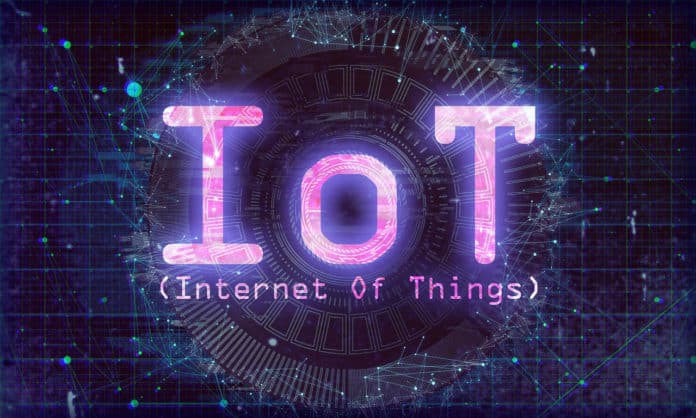Presenting a new machine-learning algorithm based on the tug-of-war model to select the best communication channel to distribute information over the wireless network. The algorithm improves successful frame delivery of the whole network by letting IoT devices always select suitable channels for communication adaptively.
Massive IoT, including a large number of resource-constrained IoT devices, has gained great attention. IoT devices generate enormous traffic, which causes network congestion. To manage network congestion, multi-channel-based algorithms are proposed. However, most of the existing multi-channel algorithms require strict synchronization, an extra overhead for negotiating channel assignment, which poses significant challenges to resource-constrained IoT devices.
To solve this problem, scientists from the Tokyo University of Science and Keio University, Japan propose this new algorithm, in which several IoT devices were connected to form a network, and each device could only select one of several available channels through which to transmit information each time.
Moreover, each device was resource-constrained. In the experiment, the devices were tasked with waking up, transmitting one piece of information, going to sleep, and then repeating the cycle a certain number of times. The algorithm enables the devices to select the optimal channel each time, such that at the end of it all, the highest possible number of successful transmissions has taken place.
Scientists dubbed this algorithm as reinforcement-learning. It goes about the task as follows: each time a snippet of data is transmitted through a channel, it takes note of the likelihood of accomplishing successful transmissions using that channel, based on whether the information totally and precisely arrives at its goal. It refreshes this information with each subsequent transmission.
The researchers used this setup also to check a) whether the algorithm was successful, b) whether it was unbiased in its selection of channels, and c) whether it could adapt to traffic variations in a channel. For the tests, a new control system was constructed in which each device was assigned a particular channel, and it could not select any other channel when transmitting information.
The first case involves some congested channels before beginning the experiment. After used, scientists detected the number of successful transmissions was larger than when it was not used. In the second case, some channels became congested when the algorithm was not used, and information could not be transmitted through them after a point of time. It caused ‘unfairness’ in channel selection.
However, when the scientists used the algorithm, the channel selection was found to be fair. The findings for the third case clarify those for the previous two cases: when the algorithm was used, devices automatically began to ignore a congested channel and re-used it only when the traffic in it decreased.
Mikio Hasegawa, the lead scientist from the Tokyo University of Science, said, “We achieved channel selection with a small amount of computation and a high-performance machine-learning algorithm. While this means that the algorithm successfully solved the channel selection problem under experimental conditions, it’s faring in the real world remains to be seen.”
“Field experiments to test the robustness of this algorithm will be conducted in further research. We are also planning to improve the algorithm in future research by taking into consideration other network characteristics, such as channel transmission quality.”
